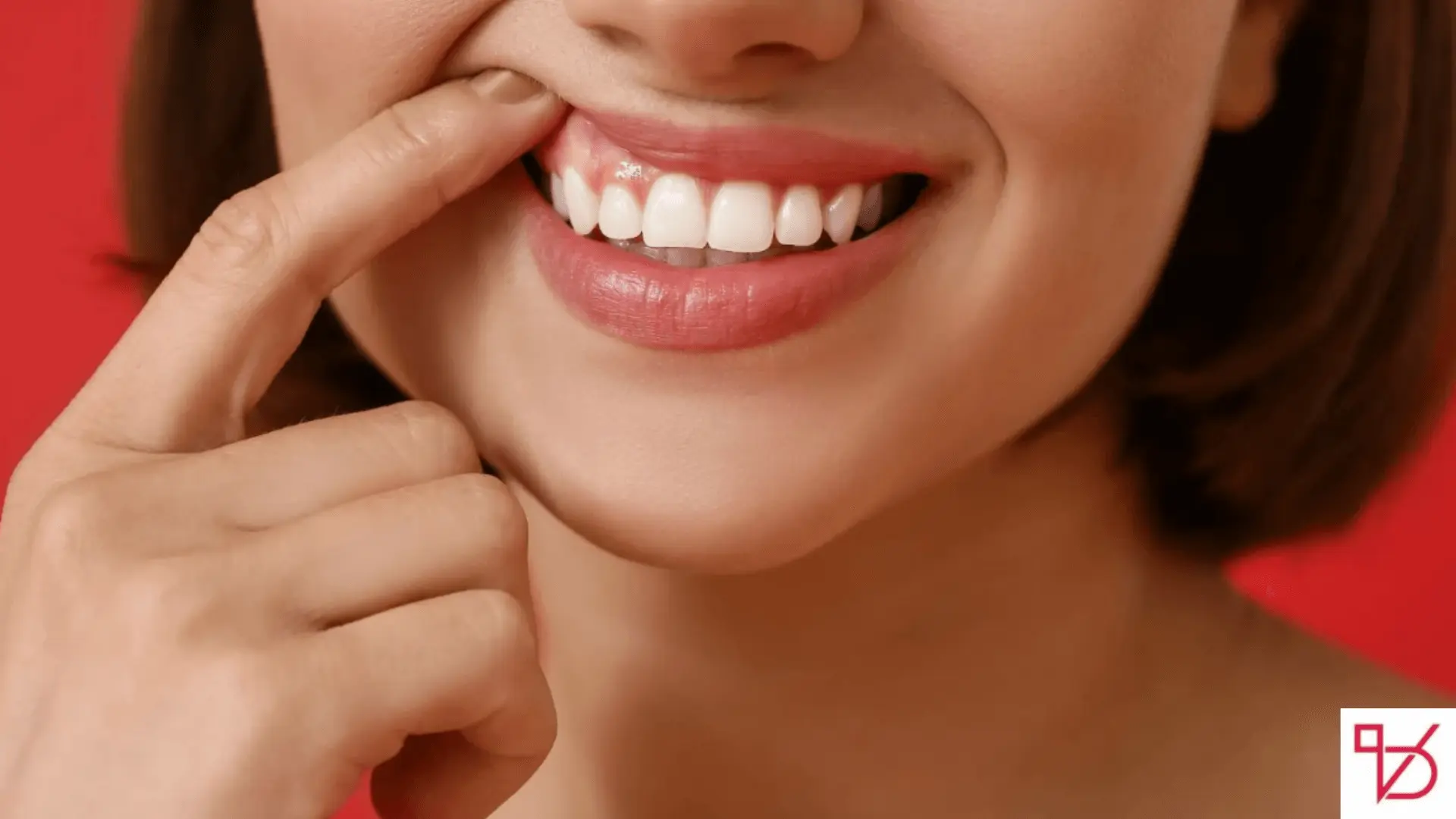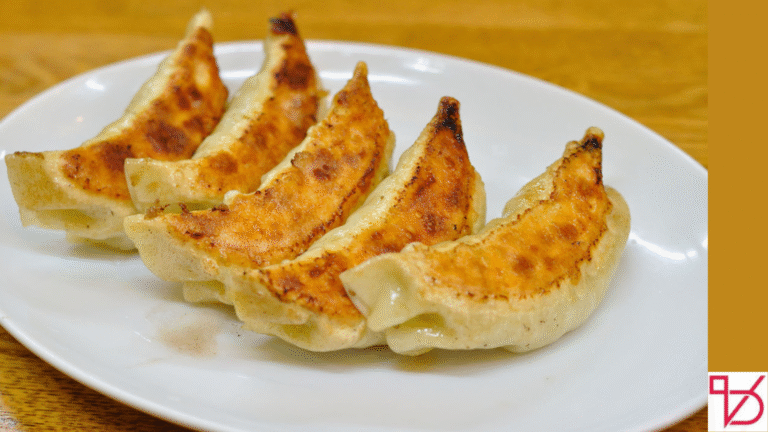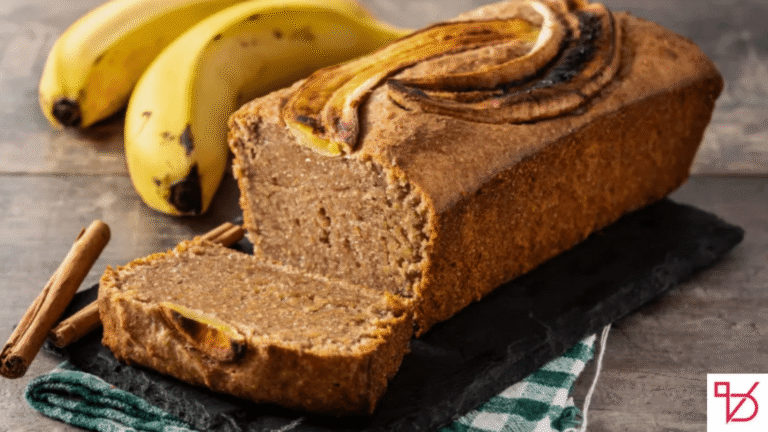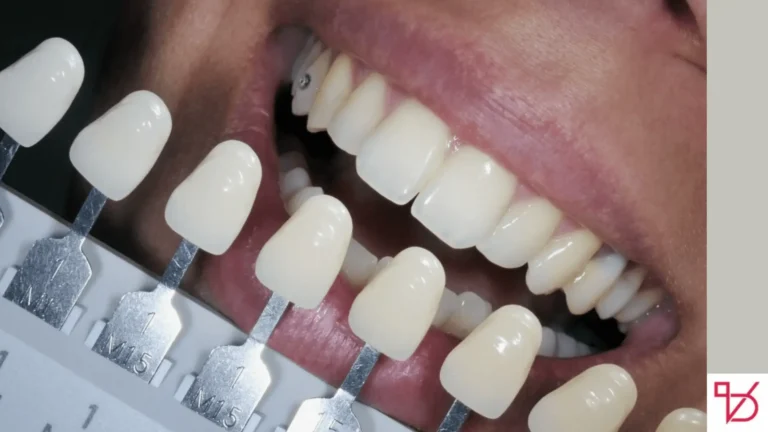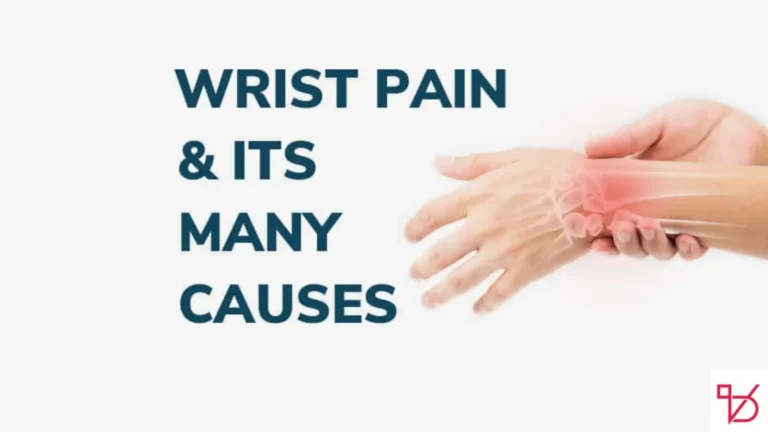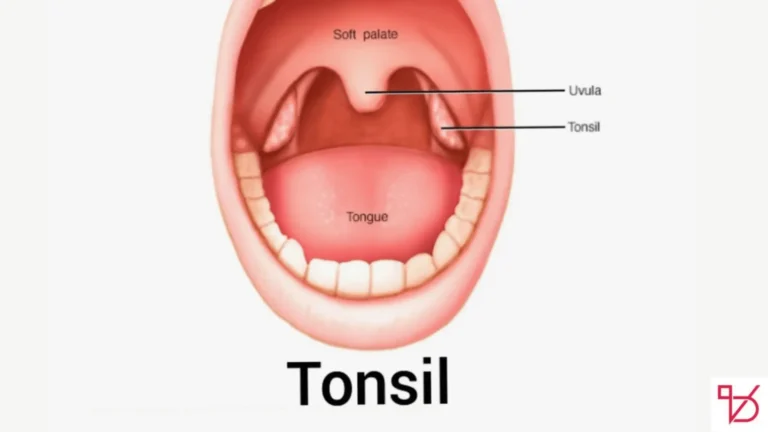If you’ve ever stood in front of the mirror wondering why your teeth still look yellow even though you brush twice a day then you are not alone. It’s a surprisingly common frustration. While brushing helps remove surface level grime, there are deeper reasons why your smile might not be as white as you expect. Let’s dive into what’s really going on behind that yellow tint.
What Causes Yellow Teeth?
To put it simply brushing alone isn’t always enough. Yellow teeth can be caused by surface stains, inner tooth discoloration, or a combination of both. Here’s a closer look at what might be affecting your smile.
1. Foods and Drinks That Stain Teeth
The Usual Suspects:
Even healthy habits can stain your teeth. Drinks like:
- Coffee
- Tea
- Red wine
- Soda
- Cranberry juice
- Tomato sauce
- Curry spices
- Balsamic vinegar
These contain chromogens (pigmented molecules) and tannins that bind to your enamel creating stubborn surface stains over time.
Brushing helps but it can’t reverse years of stain buildup on its own.
Tip: Rinse your mouth with water after consuming stain heavy foods. Using a straw for dark beverages also minimizes contact with your front teeth.
2. Tobacco, Vaping and Nicotine Use
Smoking or vaping exposes your teeth to tar and nicotine which create yellowish brown extrinsic stains that are especially hard to brush away. Even if you brush regularly, these chemicals seep into the microscopic pores of your enamel causing deep discoloration.
3. It Might Be in Your Genes
Not all smiles are created equal. Some people naturally have:
- Thinner enamel which makes the dentin (naturally yellow layer underneath) more visible.
- A genetic predisposition to enamel hypoplasia, fluorosis or amelogenesis imperfecta all of which can affect tooth color and strength.
You could be brushing perfectly but if your enamel is naturally thin, your teeth may appear yellow regardless.
4. Plaque and Calculus Buildup
Even after brushing, plaque (soft bacterial film) can remain, especially in hard to reach areas. Over time, this hardens into calculus (tartar) which attracts stains and gives a yellow or brownish appearance.
Professional cleanings are essential every 6 months to prevent this buildup no toothbrush can remove hardened calculus once it forms.
5. Aging and Enamel Wear
As we age:
- Enamel naturally thins
- Dentin becomes more exposed
- Years of mechanical and chemical wear add up
So even if your brushing game is strong, your teeth may still look yellower simply due to natural aging and enamel erosion.
6. Brushing Too Hard (Yes, Really!)
You might think scrubbing hard = cleaner teeth. In reality:
- Over-brushing can wear down enamel.
- This exposes the dentin and causes tooth sensitivity and yellowing.
- Using a hard-bristled brush makes it worse.
Solution: Use a soft-bristled brush and apply gentle circular motions.
7. Medications That Stain Teeth
Some medications can discolor teeth from the inside, including:
- Tetracycline antibiotics (especially if taken during childhood)
- Antihistamines
- Certain blood pressure medications
These lead to intrinsic stains which brushing can’t remove because they originate from within the tooth structure.
8. Acidic Foods and Erosion
Citrus fruits, vinegar, soft drinks, and even kombucha are highly acidic. They:
- Soften and wear away enamel
- Make teeth more porous and prone to staining
- Expose dentin, making teeth look darker
Pro tip: After consuming acidic items, wait at least 30 minutes before brushing to avoid brushing softened enamel.
9. Dry Mouth and Low Saliva Flow
Saliva helps:
- Wash away food particles
- Neutralize acids
- Prevent plaque buildup
If you suffer from dry mouth (due to medications, dehydration, or mouth breathing), you’re more prone to yellowing even if you brush.
10. Fluorosis or Developmental Defects
If you consumed excessive fluoride as a child, you may have fluorosis, which appears as white, yellow, or brown spots.
Other developmental issues like hypocalcification or amelogenesis imperfecta also cause yellow, chalky or discolored enamel.
These are intrinsic and permanent brushing won’t fix them but cosmetic treatments can help.
| Cause | Type | Can Brushing Help? | Best Solution |
|---|---|---|---|
| Coffee, Wine, Curry | Extrinsic | Partially | Whitening toothpaste, professional polish |
| Smoking/Vaping | Extrinsic | No | Quit, professional cleaning/bleaching |
| Aging | Intrinsic | No | Whitening treatments or veneers |
| Fluorosis / Hypoplasia | Intrinsic | No | Microabrasion, veneers |
| Plaque / Calculus | Surface | Partially | Dental cleaning every 6 months |
| Over-brushing | Mechanical | Makes it worse | Switch to soft brush and gentle technique |
| Acidic diet | Chemical wear | No | Limit acids, remineralizing toothpaste |
| Medications | Intrinsic | No | Consult dentist for cosmetic solutions |
Types of Tooth Stains
To treat yellow teeth properly, you need to understand the type of stain:

Extrinsic Stains
These are surface level stains caused by food, drinks, smoking, and poor oral hygiene. They’re usually treatable with whitening toothpaste or professional cleaning.
Intrinsic Stains
These stains are embedded within the tooth often due to medication, trauma or developmental issues. They require more advanced whitening techniques.
Benefits of Brushing Your Teeth Regularly
Brushing is still your first defense. It:
- Keeps plaque at bay
- Reduces bad breath
- Prevents gum disease
- Helps maintain enamel health
But remember: brushing is maintenance not a cure all.
How to Avoid Yellow Teeth
- Use a soft bristled toothbrush
- Avoid over-brushing
- Cut down on staining drinks
- Rinse with water after meals
- Don’t smoke
- Visit your dentist regularly
Professional Teeth Whitening Treatments
Options include:
- In-office bleaching (fastest results)
- Take-home trays from your dentist
- Laser whitening These treatments can tackle both extrinsic and mild intrinsic stains effectively.
How to Make Yellow Teeth White Again Naturally
While results are subtle, you can try:
- Oil pulling with coconut oil
- Occasional baking soda brushing
- Eating crunchy fruits and veggies to naturally clean enamel
- Using activated charcoal carefully
How Much Does It Cost to Whiten Teeth in the UK?
- In-office treatments: £200–£600
- Take-home trays: £150–£300
- Over-the-counter kits: £20–£100
Benefits of Teeth Whitening
- Boosts confidence
- Makes your smile brighter
- Helps remove years of stains
- Enhances your overall appearance
What Is the Best Treatment to Whiten Teeth?
- For light stains: whitening toothpaste or strips
- For moderate stains: professional take home trays
- For stubborn discoloration: in-office bleaching or veneers
Why Do Teeth Lose Their Brightness?
- Aging
- Enamel erosion
- Staining food and drinks
- Smoking
- Poor oral hygiene
Typical Causes of Tooth Discoloration
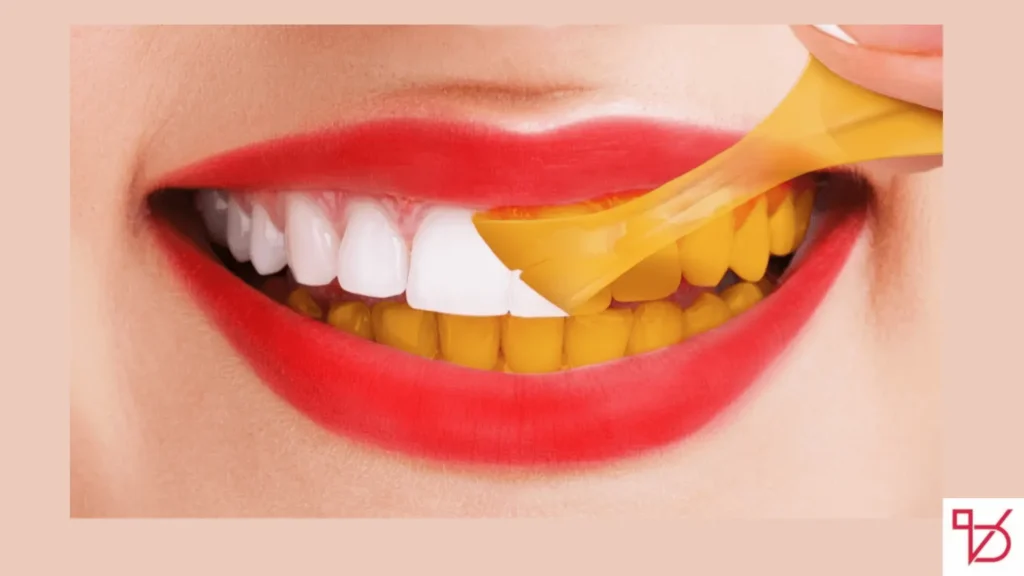
Bad Dental Hygiene Habits
Skipping flossing or brushing too fast can leave stains behind.
Food and Drink Staining
Coffee, tea, wine, berries, and soda are all known for tinting your enamel.
Tobacco and Smoking
These substances cause stubborn stains that need more than just a toothbrush to remove.
Natural and Genetic Factors
You might just have naturally thinner enamel which shows more of the yellow dentin.
Medication and Health Issues
Some medications can discolor teeth from the inside.
Trauma and Accidents
Injuries can affect the color of a tooth by damaging its inner structure.
Final Thoughts
Brushing your teeth daily is crucial but it’s only one piece of the puzzle. Diet, lifestyle, enamel thickness and even genetics play a major role in how your teeth look. So if you’re brushing religiously and still dealing with yellow teeth, don’t panic. The key lies in identifying the type of discoloration and choosing the right strategy to address it.
Whether it’s professional whitening a simple tweak in your brushing routine or swapping out your morning coffee for green tea, you have options and your bright smile is definitely within reach.
FAQ:
Q: Is yellowing permanent?
Not always. Extrinsic stains can often be reversed. Intrinsic stains may need professional intervention.
Q: Can whitening toothpaste help?
Yes, especially for surface stains. Look for gentle abrasives like silica and avoid harsh whiteners if you have sensitivity.
Q: Should I avoid brushing after acidic foods?
Yes. Wait 30 minutes to let your enamel remineralize before brushing.
Q: Is oil pulling effective?
Oil pulling can reduce plaque and improve oral hygiene but it won’t significantly whiten intrinsically stained teeth.
Q: Does Baking Soda Whiten Teeth?
Yes but gently. Baking soda removes surface stains through mild abrasion. Use it occasionally, not as a daily toothpaste.
Q: Can You Get Your Teeth Whitened for Free in the UK?
Only under the NHS if it’s medically necessary like after a trauma. Cosmetic whitening is usually private and paid for out of pocket.
Q: How Can I Make My Yellow Teeth White Again?
Start by identifying the type of discoloration improve your oral care routine and speak to your dentist about professional whitening options. Sometimes, all it takes is a small change to make a big difference.
Q: Why Are My Teeth Still Yellow?
If you’re brushing regularly and still seeing yellow, it could be due to enamel thinning intrinsic stains or lifestyle factors like diet and smoking. Sometimes natural tooth color is just more yellow due to genetics.

